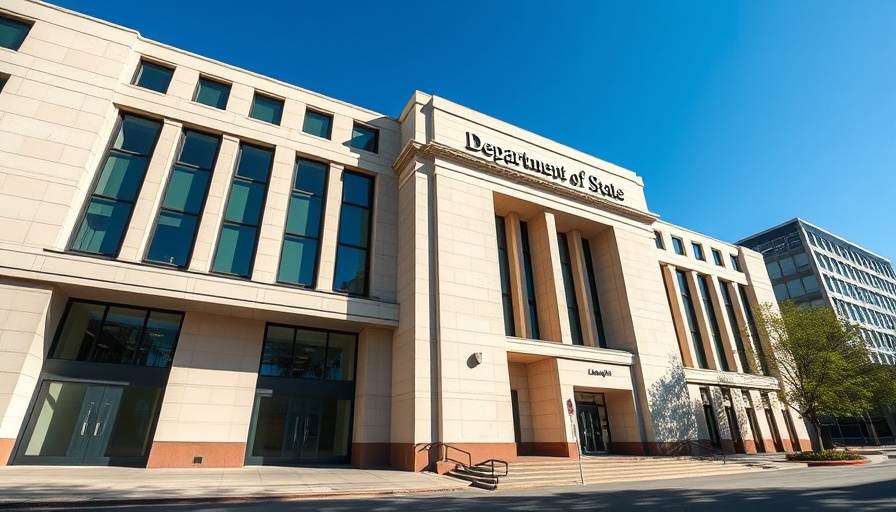
Disinformation Hub: A Strategic Loss for the US
The recent decision to eliminate the Counter Foreign Information Manipulation and Interference (R/FIMI) Hub marks a significant withdrawal from proactive stances against foreign disinformation campaigns. As global tensions rise, the absence of a dedicated team at the US State Department should concern not just policymakers but all citizens, given the blatant attempts by adversarial nations like Russia, China, and Iran to influence public perception and sow discord.
Foreign disinformation has increasingly become a weapon in geopolitical struggles, often undermining democratic processes. Without a body specifically focused on this threat, the US risks finding itself ill-equipped to counter effectively such sophisticated tactics designed to mislead and confuse the populace.
Vibe Coding: A New Era of Programming?
In a seemingly unrelated technological development, the term “vibe coding” is causing ripples in the software development community. Originated by OpenAI cofounder Andrej Karpathy, vibe coding represents a shift to an informal, instinctive approach to coding, where programmer creativity takes precedence over strict coding conventions. It emphasizes the utilization of AI to get results without getting bogged down by the intricacies of traditional coding.
This more intuitive style favors a fluid interaction with technology, potentially leveling the programming landscape. Anyone capable of navigating the tools can contribute to coding, democratizing the process while raising questions about the future skill sets needed in tech. Will future programmers need less formal training, or will traditional coding expertise remain indispensable in crafting robust applications?
Why These Developments Matter
The elimination of a critical disinformation tracking office juxtaposed with the rise of vibe coding encapsulates a broader pivot in how technology and governance intersect in our rapidly evolving digital world. Such changes may redefine both how we manage information integrity and how we create the very tools we rely on.
As citizens increasingly find themselves navigating a complex digital landscape, understanding both the risks posed by foreign disinformation and the democratization of technology like vibe coding is essential. Engaging with these concepts is not just for tech enthusiasts; it is critical for anyone impacted by the constant flux of information in today’s society.
 Add Row
Add Row  Add
Add 




Write A Comment